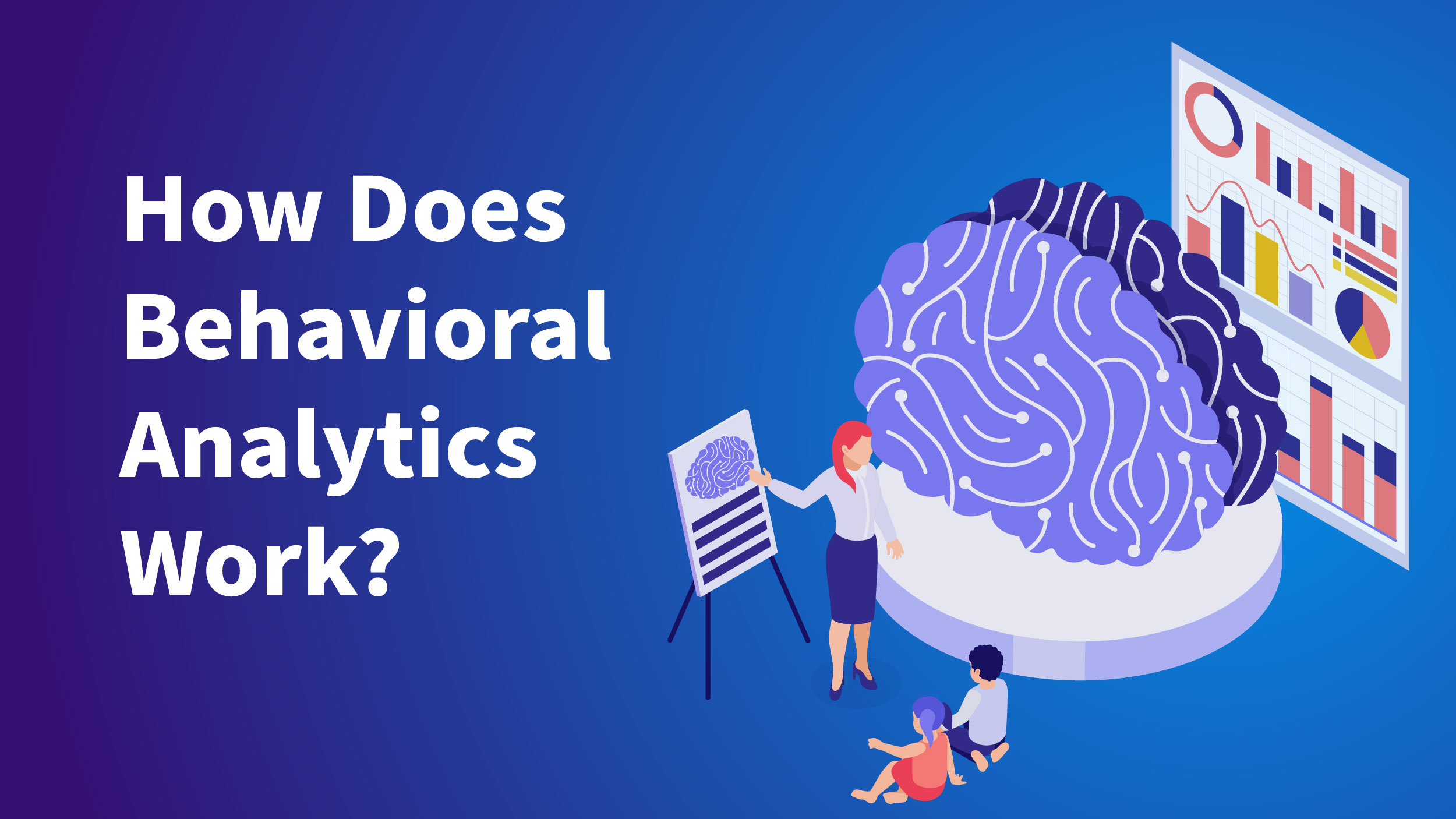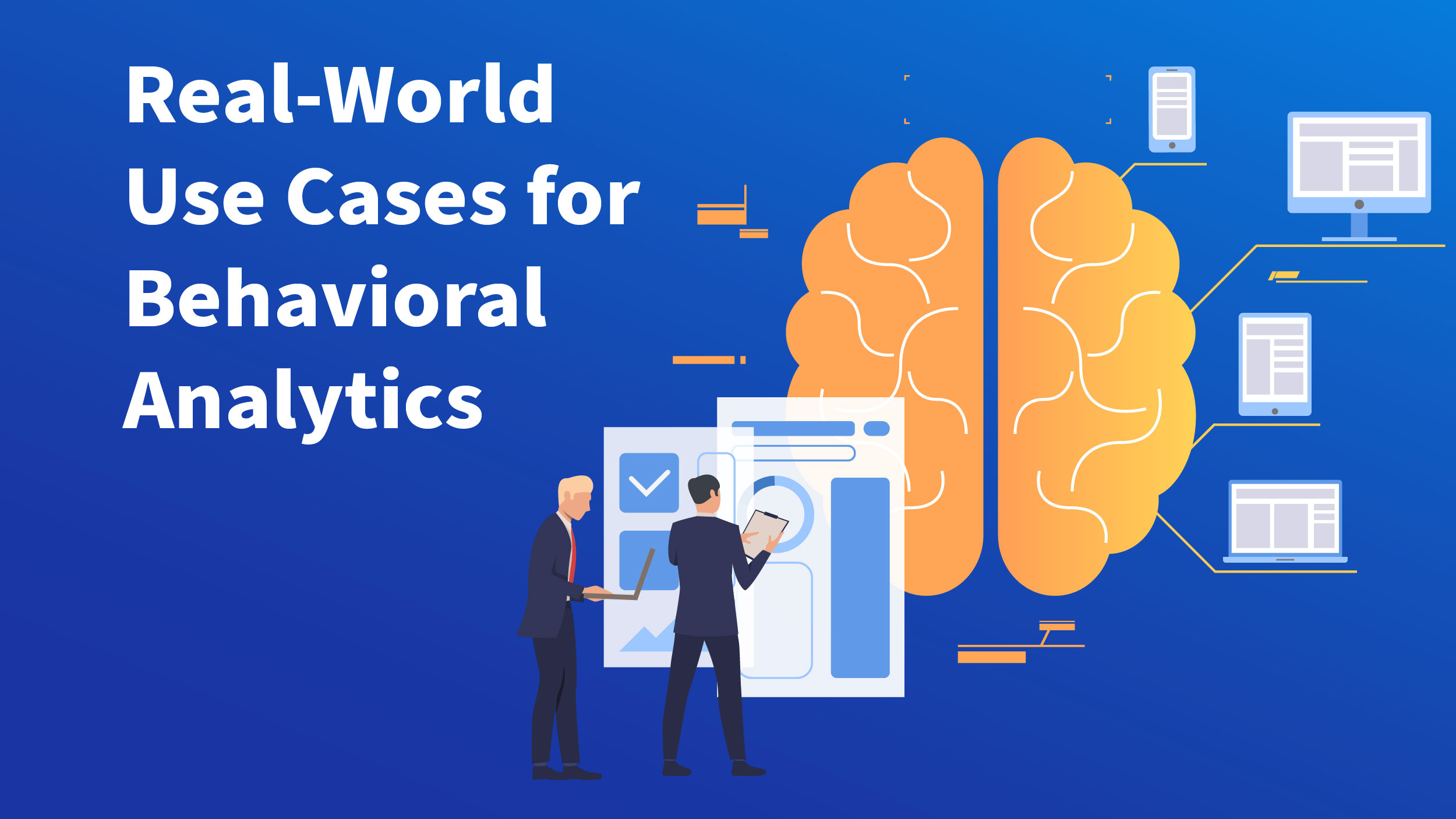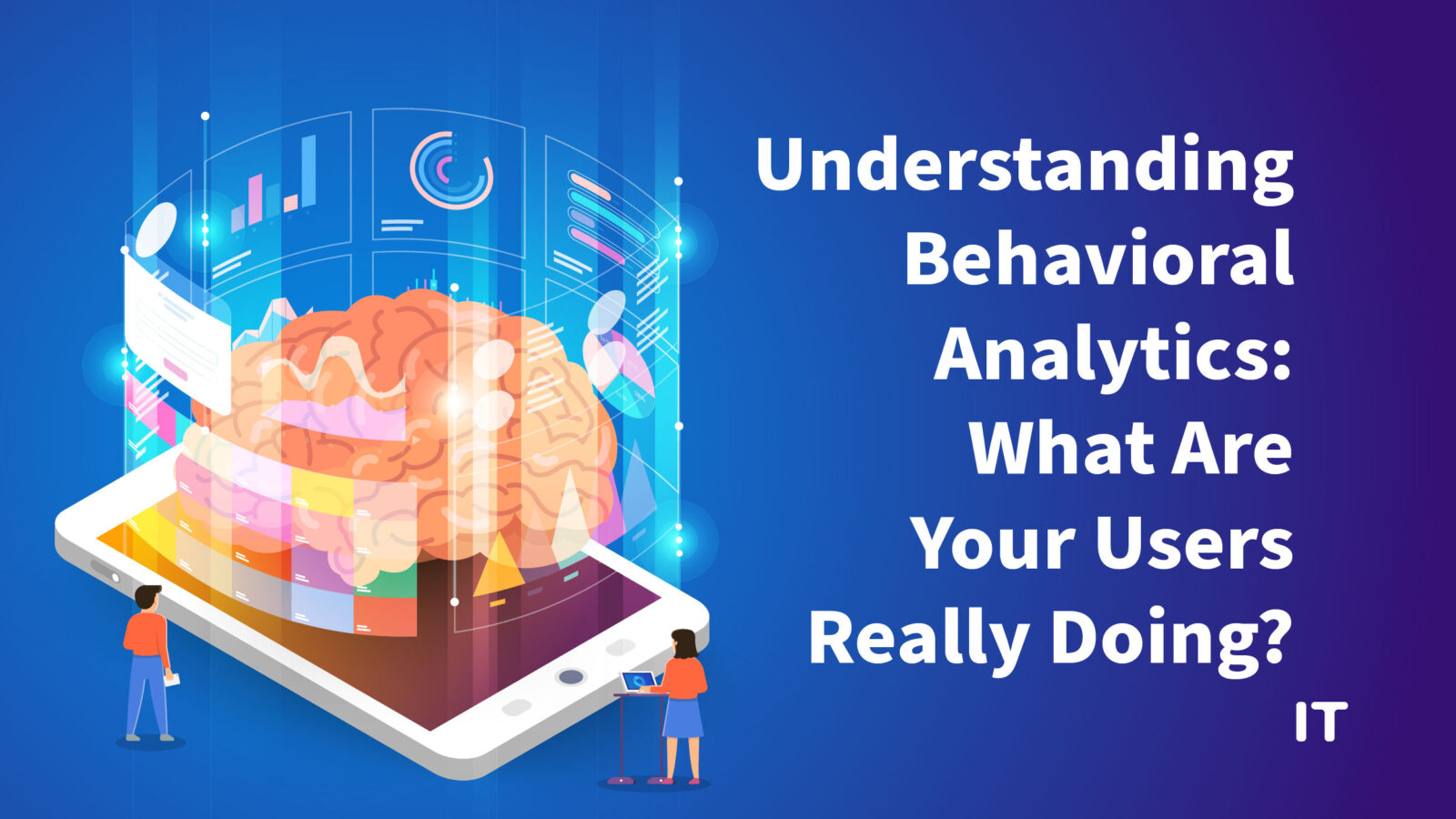When you inquire with leading organizations across various industries about their approach to crafting successful products, you’ll frequently encounter a similar response: “We based our decisions on data.”
In the process of examining user behavior, we collect valuable data concerning both user actions and inactions. This data influences a company’s product development efforts, ensuring that it delivers offerings of genuine value. After all, it’s impractical to invest resources in a product no one would use, or in features lacking observable demand.
Behavioral analytics serves as a crucial tool, providing insights into the actions and motivations of your users and customers. Armed with this knowledge, you can effectively enhance your product offerings.
Let’s talk more about user behavior analysis along with how it works.
What is Behavioral Analytics?
Behavioral data analysis involves analyzing customer engagement data, specifically data related to their interactions with a business, such as website visits, email subscriptions, and other significant user activities. This analysis helps create behavioral segments and allows for the examination of engagement, conversion, and customer retention.
When digital product management, also known as product analytics, incorporates user behavior analysis, it eliminates the need for guesswork and minimizes the risk associated with decision-making. Through this method, teams gain insights into user preferences, allowing them to make adjustments to enhance the product’s value.
This method plays a crucial role in helping businesses develop top-notch products.
How Does Behavioral Analytics Work?
 To glean insights from your behavioral data, first, invest in a suitable analytics solution. This platform should capture user behaviors and integrate them with tools like social and email systems. After this, visualize the data through a dashboard.
To glean insights from your behavioral data, first, invest in a suitable analytics solution. This platform should capture user behaviors and integrate them with tools like social and email systems. After this, visualize the data through a dashboard.
Next, define your unique business goals. While specifics can vary, objectives like retention, conversion, and engagement apply universally. Without clear goals, extracting insights from behavioral data becomes challenging.
Your main objective is to gain a deep understanding of your customers’ desires, dislikes, and engagement factors. Utilize behavioral analytics software to analyze user behaviors and preferences within behavioral cohorts. By studying these groups, you’ll uncover valuable insights into user patterns and behaviors, enabling you to enhance the overall customer journey.
With behavioral analysis, you can segment users based on actions like skipping a song, taking a free trial, or canceling a membership. Use methods like A/B testing and funnel analysis for deeper insights. By focusing on understanding why a user took a particular action, you can make effective changes in line with your business goals.
Also Read: Starburst Expands Data Lake Analytics Platform to Support Every Stage of the Cloud Journey
Top 4 Types of Behavioral Analytics Tools
Utilize behavioral analytics software to monitor user actions on your website. You can do this by adding a code to your site, usually a JavaScript snippet like the one used for setting up Google Analytics.
Once you have gathered behavioral data, you have the opportunity to conduct various analyses, tests, and experiments that align with your objectives. Here are some of the types of behavioral analytics tools you can consider.
1. A/B testing tools
A/B testing tools help you compare site or app variations to find the one that performs better in terms of clicks, signups, sales, and so on. It is great for testing hypotheses based on user data or insights. For instance, if you believe a shorter subscription form will boost upgrades, you can test it against the current version with fewer fields to see if that is more effective.
2. Session replay tools
Session replay tools visually record real visitor interactions, capturing clicks, taps, scrolling, and mouse movements. These recordings provide direct insight into user engagement, revealing pain points, exit triggers, and points of interest. For example, if a high-traffic page has low conversion, session replays can pinpoint usability issues like information accessibility or navigation challenges.
3. Heatmap tools
Heatmap tools offer visual, color-coded insights into user interaction on the website or product pages. Using behavioral analytics, they highlight the most (hot) and least (cold) interacted elements. Scroll, click, and move heatmaps provide valuable data on user behavior. For instance, a click heatmap revealed that only 0.04% of users clicked on our homepage video play button. This prompted our UX team to redesign homepages without video, prioritizing user preferences.
4. Feedback and voice of the customer tools
Feedback and VoC tools let users share their experience insights, including reasons for cart abandonment or site exit. Customize questions, use closed or open formats, and utilize rating surveys like NPS or CSAT.
For instance, to enhance your homepage, you can employ an on-page survey that pops up five seconds after the homepage loads.
Real-World Use Cases for Behavioral Analytics
 Behavioral analytics is an incredibly effective tool that provides endless possibilities for overcoming hurdles. To grasp the true potential of this method, let’s take a look at how various companies apply it to address specific obstacles.
Behavioral analytics is an incredibly effective tool that provides endless possibilities for overcoming hurdles. To grasp the true potential of this method, let’s take a look at how various companies apply it to address specific obstacles.
● ClearScore Boosts Subscriptions with Funnel Analysis
Once a prospect becomes a customer, they enter a product funnel, experiencing different stages and features. Each step offers a chance for engagement or drop-off. The method helps identify friction points and boost retention.
ClearScore, a UK fintech leader, used Funnel Analysis to convert users from free to paid subscribers. It identified behaviors linked to subscriptions in a specific funnel section, adjusted messaging accordingly, and doubled its conversion rate within a year.
● NBC Universal Increases Retention with Behavioral Cohorts
Grouping users into cohorts helps understand why they engage with specific features, drop off at certain funnel stages, or become long-term customers, especially for increasing retention. By identifying the behaviors of loyal customers, you can encourage others to use your product similarly.
NBC Universal, a media and entertainment leader, used behavioral cohorts to enhance its streaming app. It personalized its homepage by incorporating a user’s watch history, which doubled Day 7 retention. NBC also experimented with homepage tweaks, initially testing them on a small cohort, leading to a 10% viewership increase and subsequent updates for all users.
● iflix Drives Engagement with A/B Testing
Optimizing customer experience entails conducting experiments, such as A/B testing, using behavioral analytics to compare two scenarios and impact customer behavior.
For instance, iflix, a Malaysian video-on-demand service, tested an embedded video player against autoplay and found that the embedded player boosted conversion rates by 3.5x. Scaling up A/B testing yielded a 4x increase in conversion to view and an 11% surge in first-time video views for the company.
Bottom Line
User behavior analysis is a powerful tool that provides invaluable insights into the behavior of consumers, enabling businesses to make informed decisions and enhance their products or services. Through a behavioral analytics portal, businesses gain access to a comprehensive view of user interactions, allowing them to track patterns, preferences, and pain points. This portal serves as a central hub for data-driven decision-making, offering a deeper understanding of customer journeys and enabling tailored strategies for optimal growth.

































